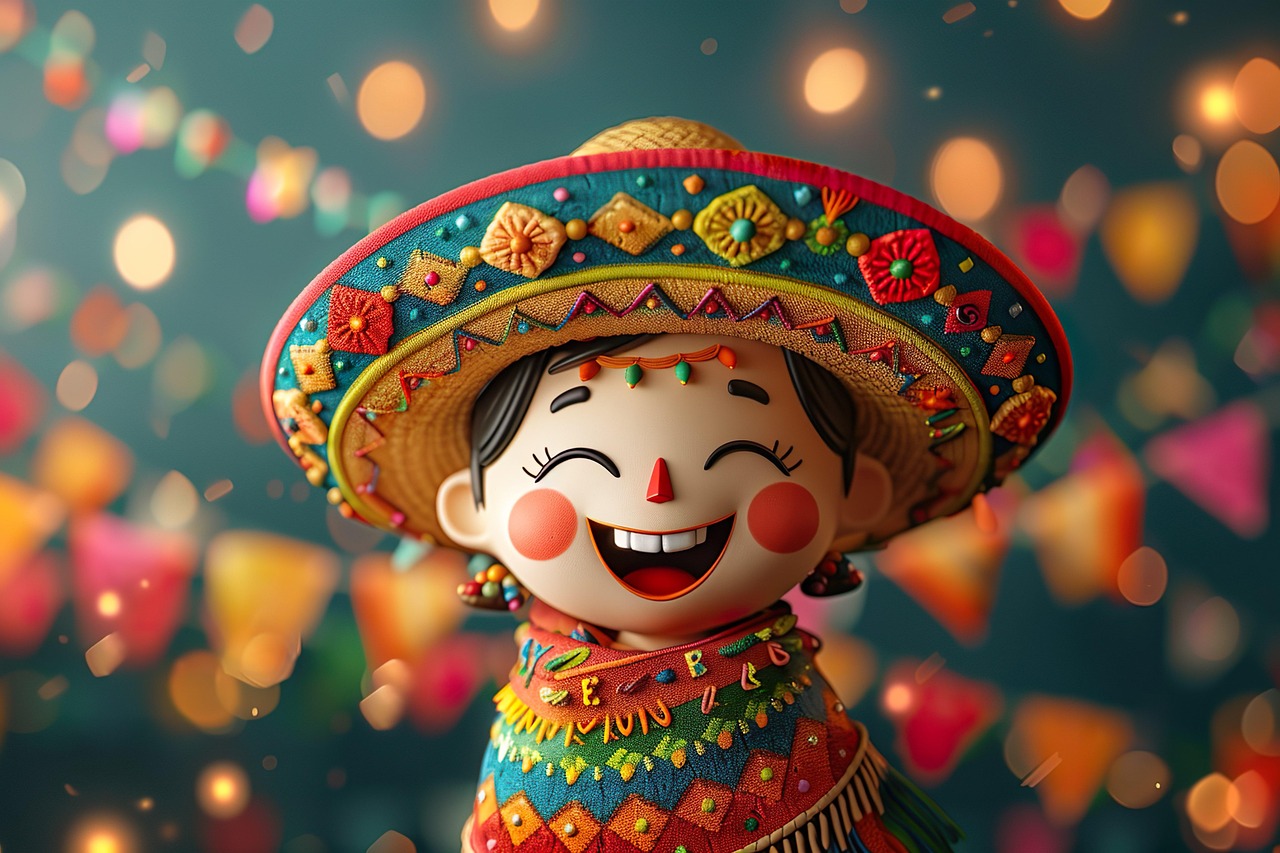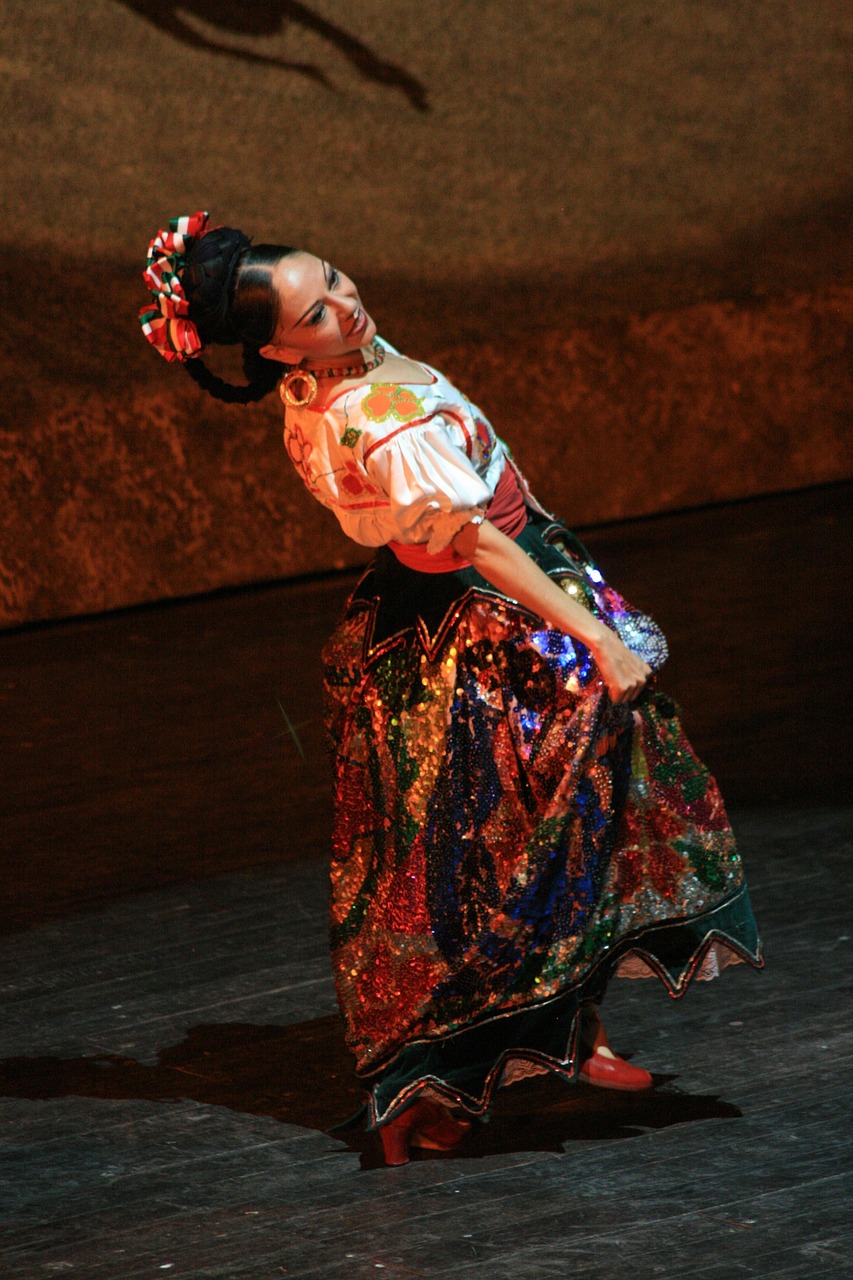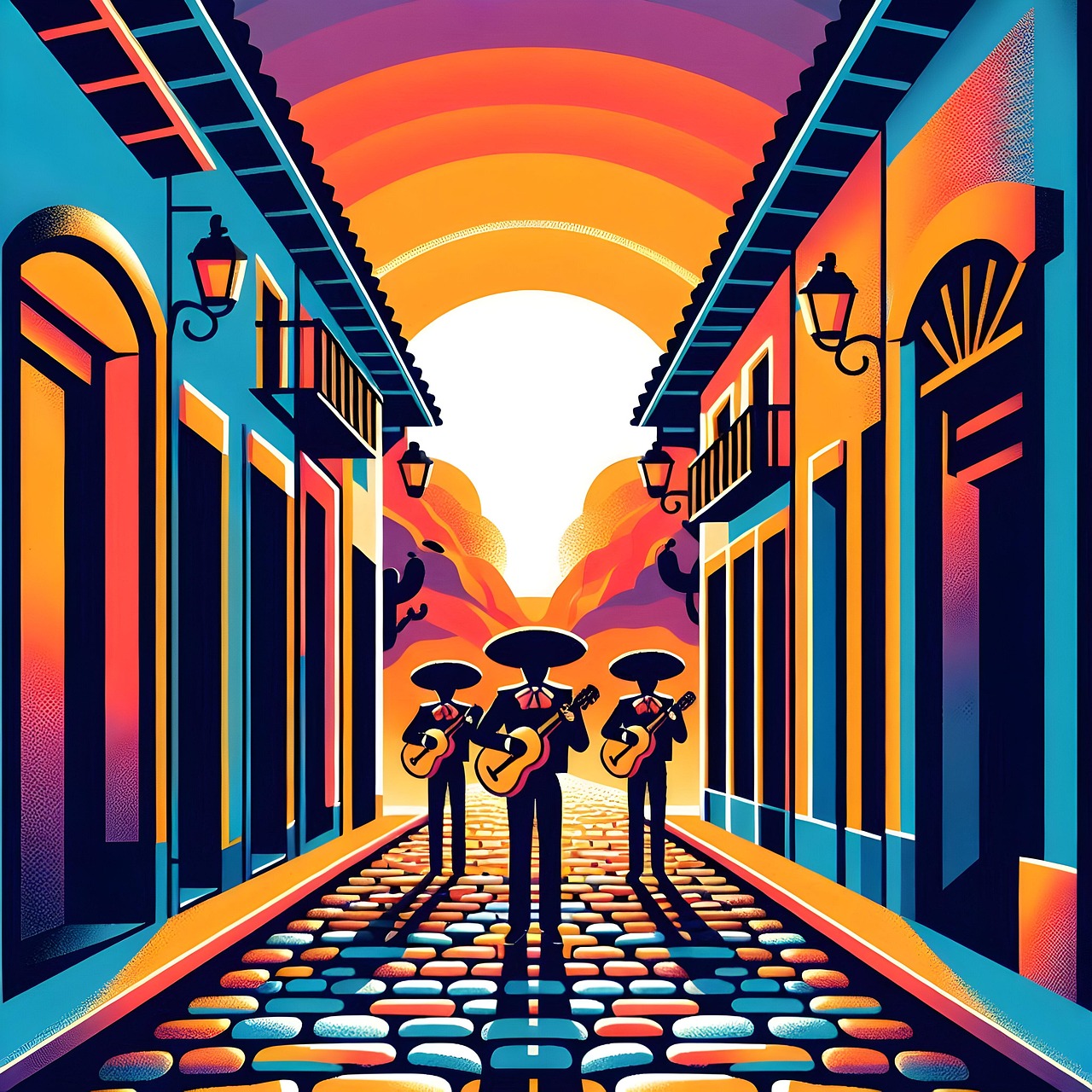Every year on May 5th, people across the United States (and some in Mexico) break out the chips, salsa, and mariachi music to celebrate Cinco de Mayo. But while this holiday has become a colorful celebration of Mexican culture, many are surprised to learn that its origins are rooted in a specific moment in history—one that’s often misunderstood.
What Is Cinco de Mayo?
Cinco de Mayo, which means “Fifth of May” in Spanish, commemorates the Battle of Puebla, which took place on May 5, 1862. On this day, a small and under-equipped Mexican army achieved an unlikely victory over the powerful French forces of Napoleon III. Led by General Ignacio Zaragoza, the Mexican troops held strong at Puebla, a city in central Mexico, despite being vastly outnumbered and facing a more advanced military.
While it wasn’t a decisive win in the larger Franco-Mexican War (France would occupy Mexico City a year later), the Battle of Puebla became a symbol of Mexican resistance and determination. It was a morale boost for a nation struggling with foreign invasion, and it demonstrated that courage and unity could triumph against the odds.

It’s Not Mexican Independence Day
One of the most common misconceptions about Cinco de Mayo is that it’s Mexico’s Independence Day. That’s actually celebrated on September 16, marking the start of the war for independence from Spain in 1810. Cinco de Mayo is a much more specific and localized event in Mexican history, and in Mexico, it’s primarily celebrated in the state of Puebla, where the battle took place. Outside of Puebla, it’s acknowledged, but not widely observed.
How Did It Become Popular in the U.S.?
Cinco de Mayo’s rise in the United States is an interesting story of cultural evolution, marketing, and the Mexican-American experience. In the 1960s, during the Chicano civil rights movement, the holiday was embraced by Mexican-Americans as a way to celebrate cultural pride and heritage. The victory at Puebla became a metaphor for resistance and resilience in the face of adversity.
By the 1980s and 1990s, corporations caught on. Beer companies, in particular, began promoting Cinco de Mayo as a fun, festive day to celebrate with Mexican food, drinks, and music. This marketing helped transform the holiday into what many Americans recognize today: a vibrant day filled with parades, festivals, and, yes, lots of tacos and margaritas.

Celebrating Culture, Not Just Consumption
While there’s nothing wrong with enjoying good food and music, it’s important to understand and respect the cultural significance behind Cinco de Mayo. At its core, the holiday is a story of perseverance, national pride, and standing up against impossible odds. Today, it’s an opportunity to honor Mexican heritage—especially the heritage of Mexican-Americans who have helped shape the culture of the United States in countless ways.
Many communities use Cinco de Mayo as a platform to showcase traditional Mexican dance, music like mariachi and banda, folk art, and regional foods. Educational events, historical reenactments, and cultural exhibits are common, especially in areas with large Latino populations such as Los Angeles, San Antonio, and Chicago.
What’s on the Table?
Food is undoubtedly one of the most celebrated aspects of Cinco de Mayo, and for good reason. Mexican cuisine is diverse, flavorful, and rich in tradition. Some classic dishes you might see on a Cinco de Mayo menu include:
Tacos al pastor – marinated pork served in corn tortillas with pineapple and cilantro
Mole poblano – a complex, chocolate-tinged sauce served over chicken, and a dish native to Puebla itself
Chiles en nogada – stuffed poblano peppers in walnut sauce, decorated in the colors of the Mexican flag
Tamales, guacamole, and freshly made salsas round out the spread
And of course, tequila and mezcal-based cocktails—like margaritas and palomas—are popular choices for toasting the holiday.

Celebrating Respectfully
If you’re planning to join in the Cinco de Mayo festivities, great! But like with any cultural celebration, it’s important to approach it with respect and awareness. That means:
Educate yourself: Know what you’re celebrating and why.
Avoid stereotypes: Don’t reduce a rich culture to sombreros and fake mustaches.
Support authentic Mexican businesses: From local taquerias to artisan shops, your support goes a long way.
Celebrate diversity: Remember that Mexico is a country with many regional traditions, languages, and cultures.
Final Thoughts
Cinco de Mayo is more than a party—it’s a powerful reminder of resilience, pride, and cultural identity. Whether you’re Mexican, Mexican-American, or simply someone who appreciates rich history and good food, it’s a chance to reflect on the deeper meaning behind the day while celebrating the vibrant contributions of the Mexican community.
So this May 5th, go ahead and enjoy that taco—but maybe take a moment to remember General Zaragoza and the unlikely heroes of Puebla, who remind us that even in the face of overwhelming odds, unity and determination can lead to victory.
